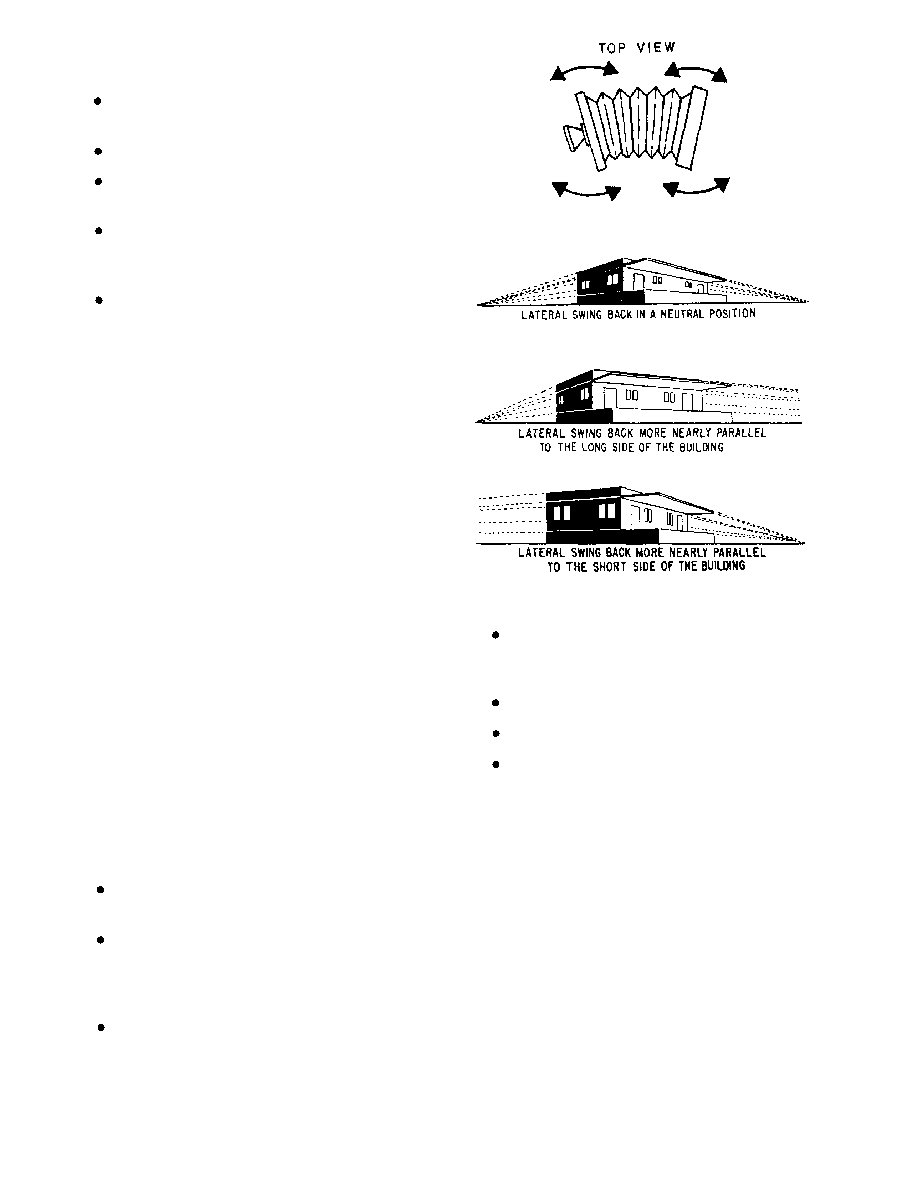
DOFMaster
for Windows
On-line
Depth of Field
Calculator
DOFMaster for Mobile Devices
On-line
Depth of Field
Table
Hyperfocal
Distance Chart
Articles
FAQ
Recommended
Books
Support
Contact
Links
Home
for Windows
On-line
Depth of Field
Calculator
DOFMaster for Mobile Devices
On-line
Depth of Field
Table
Hyperfocal
Distance Chart
Articles
FAQ
Recommended
Books
Support
Contact
Links
Home
As an Amazon Associate I earn from qualifying purchases.
![]()
override an automatic camera.
a color filter with a high-filter factor over the lens.
flash.
while carrying the camera. Always check the
camera setting before taking a photograph.
falling fronts, swings, tilts, and shifts, you have
complete control over the composition of the subject.
View cameras are excellent for photographing
construction, large groups of people, landscapes, small
parts, damaged material, buildings, and many other
subjects, because distortion can be controlled or
corrected The camera has bellows that may be extended
to make it suitable for copy work and photographing
camera is needed.
on the ground glass is the same that is recorded on the
film. View cameras have interchangeable lenses and
between-the-lens leaf shutters.
standard also permits the lens to swing, slide, tilt, rise,
and fall.
accommodate various focal-length lenses.
specific functions. The four basic movements are as
follows:
photographing subjects from an angle, horizontal lines
appear to converge at the distant side. To correct this
distortion, swing the camera back so it is more parallel
to the horizontal plane of the subject (fig. 4-22).
Basic Photography Course

As an Amazon Associate I earn from qualifying purchases.
WWW.DOFMASTER.COM
© 2006 Don Fleming. All rights reserved.
© 2006 Don Fleming. All rights reserved.